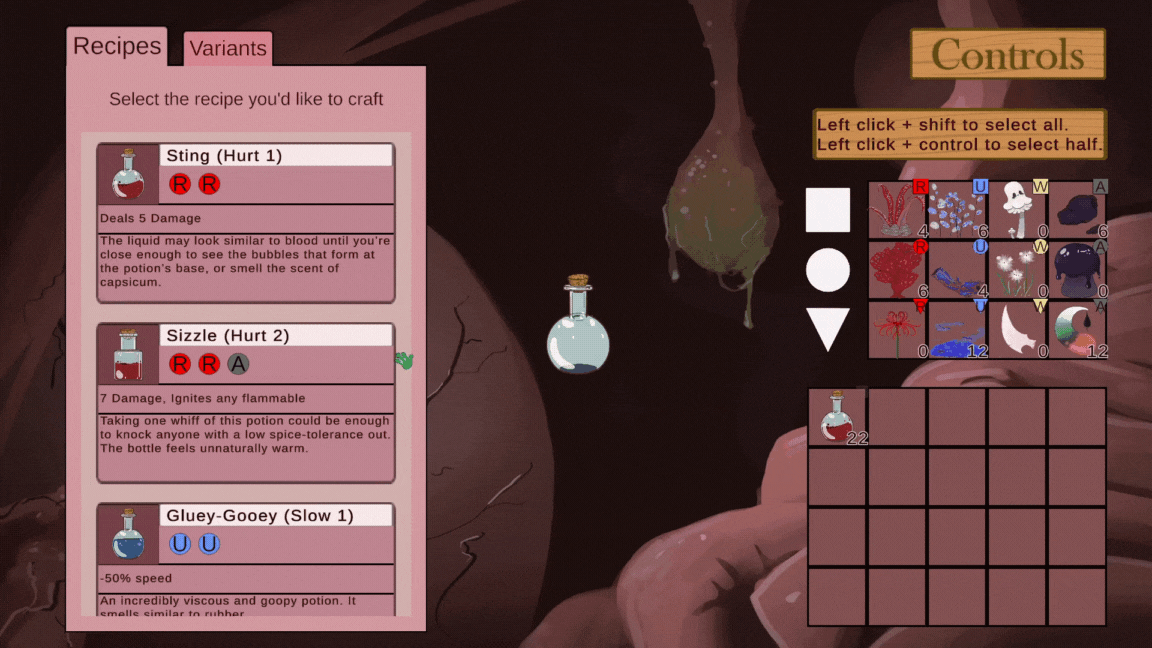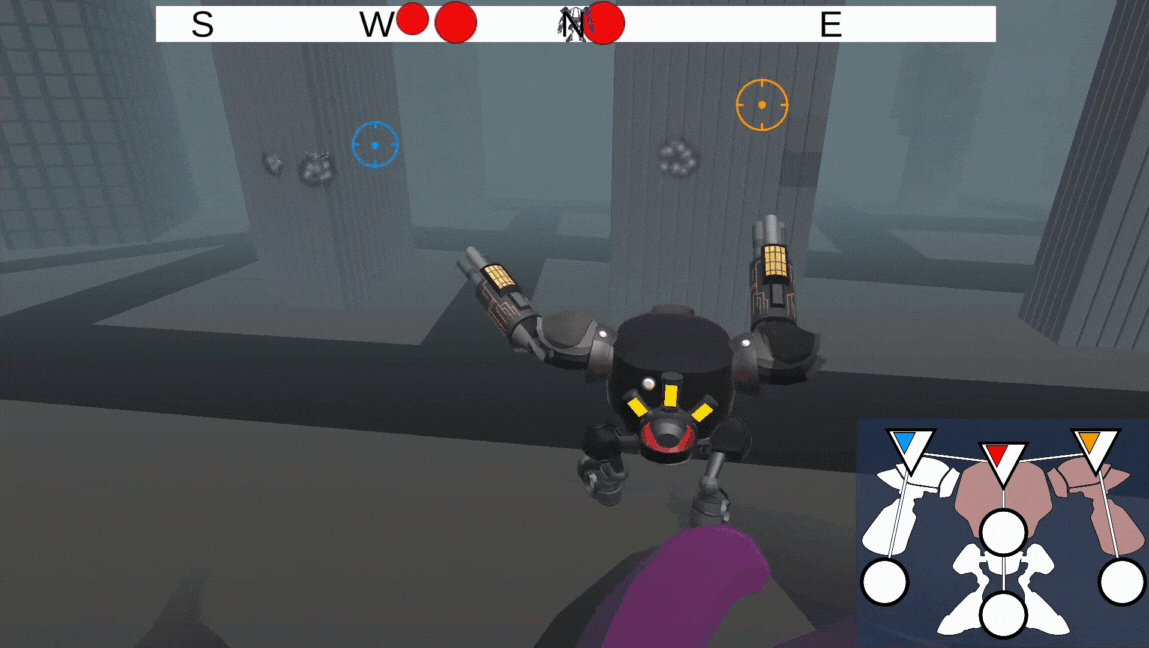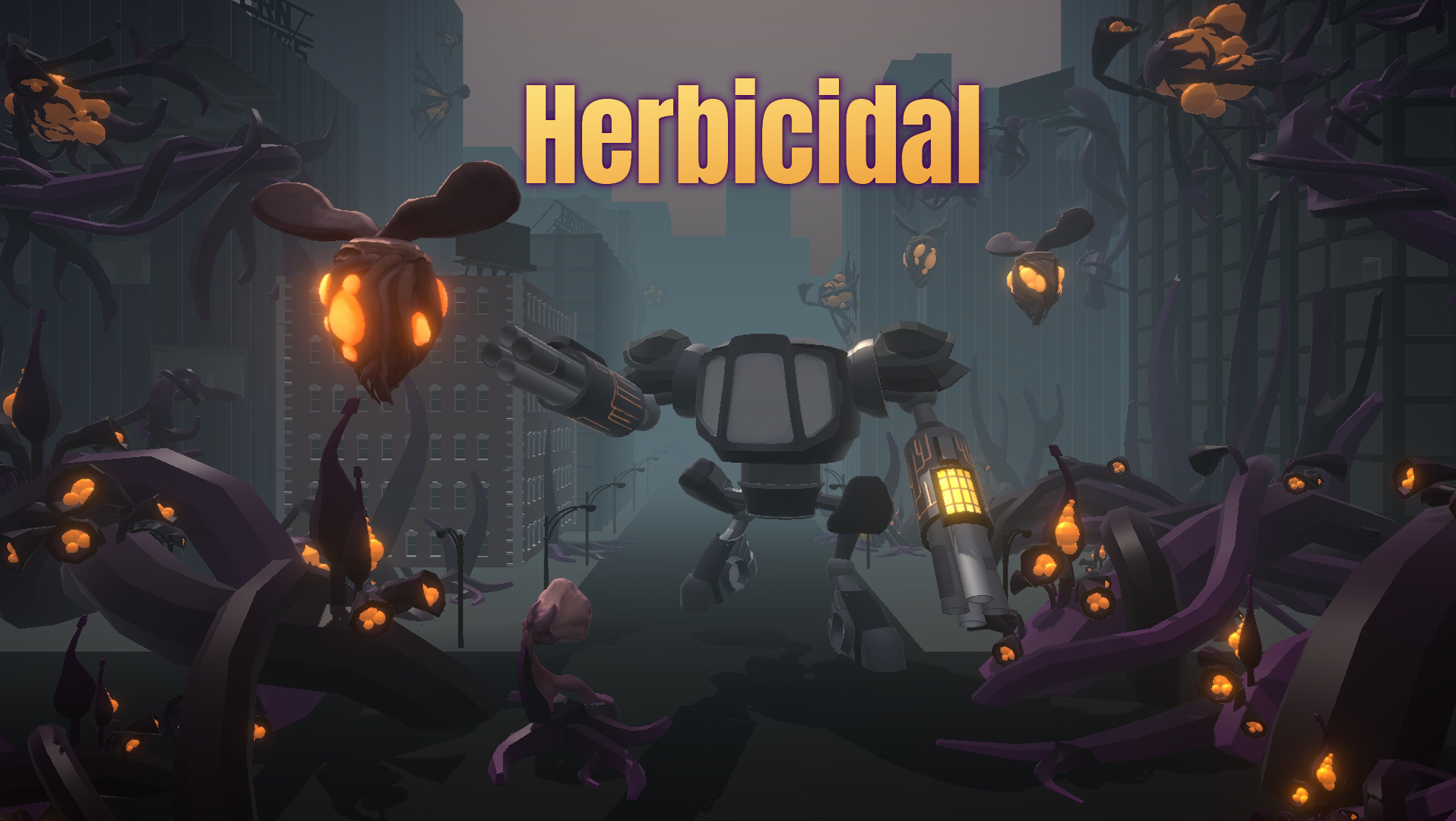Ride for Ruin: a Lord of the Rings mod for Hearts of Iron IV transports lords and adventurers to the apocalyptic final years of Middle Earth's Third Age. Lead one of Tolkien’s iconic countries and try to save the world with Paradox Interactive's acclaimed grand strategy gameplay– or plunge it into eternal darkness.
Ride for Ruin is a personal passion project that I intend to continue working on till completion. Although I've incorporated some art, writing, and bugfixing from a few other developers it is an almost entirely solo project.
Hearts of Iron IV is a World War 2 wargame with a heavy focus on scripted narrative content. This made it a perfect fit for my favorite aspect of Lord of the Rings: the apocalyptic, world defining nature of the War of the Ring. While other games may better reflect the actual mechanics of Middle Earth's battles, none of them appropriately convey the scale or stakes of a war in which all freedom loving peoples have one opportunity to risk their lives or else fall into eternal slavery.
Hoi4's central mechanic is the focus tree system, in which nations progress through non linear paths of focuses that grant effects ranging from extra factories to overthrowing your government to unlocking entirely new mechanics. This allows me to naturally weave Lord of the Ring's epic narrative into the gameplay, pacing, and overall atmosphere of the game.
I released Ride for Ruin 1.0 to immediate success-- it achieved 5,000 Steam Workshop subscribers within 5 days of its August 2022 release and received consistently positive feedback from players.
Focus trees are a boring mechanic but an excellent platform for interesting experiences when combined with other content. As such, I avoid filling my trees with 'static' focuses that always grant the same reward no matter what; if you can plan & predict exactly what will happen before you ever unpause, your interaction with the game becomes simple action. I try to make as many focuses as possible vary based on the worldstate or else tie into other, more inherently dynamic systems.
In this regard, I consider 1.0 a partial success. Many focuses have complicated effects that are not truly dynamic because these systems are contained entirely within the focus tree and are thus don't require the player to interact with any other systems to predict. My design, overall, suffered from too many cool ideas and not enough planning. However, the content still offers an engaging Lord of the Rings experience on par with many Vanilla Hoi4 countries.
I decided to make the first major update a relatively small exploration of the Wild Folk of Dunland to test out a new approach to development. Rather than haphazardly squishing cool ideas together I start by laying out my goals, concepts, and themes.
I then break up the larger ideas into smaller branches & mechanics with clear scopes. These categories are, of course, highly susceptible to changing during the iterative process but they give me clear pillars to focus on.
Only once I've completed a solid, workable draft do I begin implementation.
This process worked very well. The Gwaithurium tree, despite offering more paths and options than any of the 1.0 trees, feels far more cohesive. It also connects intimately with the rest of the content which, despite being several discreet mechanics, all fit together neatly under the label of 'the Blood Oath system'.
The content itself is fun and replayable. I was able to teach the relevant AIs to use the new systems in a manner reminiscent of less railroaded games like Europa Universalis IV; Gwaithur tribes organically interact, rise, and fall each game.
However, it lacks narrative. In my bid to make content applicable to 24 different countries I was forced to avoid designing major story beats and limit the 'flavor' associated with mechanical rewards. As such, 1.1 content encourages less immersion and more min-maxing. While not a strictly worse experience, it doesn't serve RfR's central vision.
Update 1.2 was by far my most ambitious project, including a tech tree rework, a map extension, several generic systems, hundreds of GFX updates, and extensive content for Dorwinion. It took nearly a year but, based on an excellent suggestion from a Discord community member, I started the Beta Branch submod to share content not polished enough for full release & received valuable feedback along the way.
After mapping out much of the content for Dale and Rhûn I realized that they both depended upon Dorwinion, and so I decided to focus on producing a quality experience for the latter. I started with a similar process to my Gwaithurium tree, but with far more comments both on & off of individual focuses to explain adjacent content:
Dorwinion's narrative first revolves around the political struggle between the Great Merchant & Winelord factions to place their own candidate on the throne, then the divides within the winning faction. Narrative progress primarily comes from balances of power, a Hoi4 mechanic in which your position on either side of a 'tug of war' grants various modifiers and effects. The balances of power serve as a central hub for Dorwinion's scripted content-- focuses, decisions, advisors, events, and even other countries all pull your story one way or the other, forcing you to balance every choice against its long term narrative consequences.






